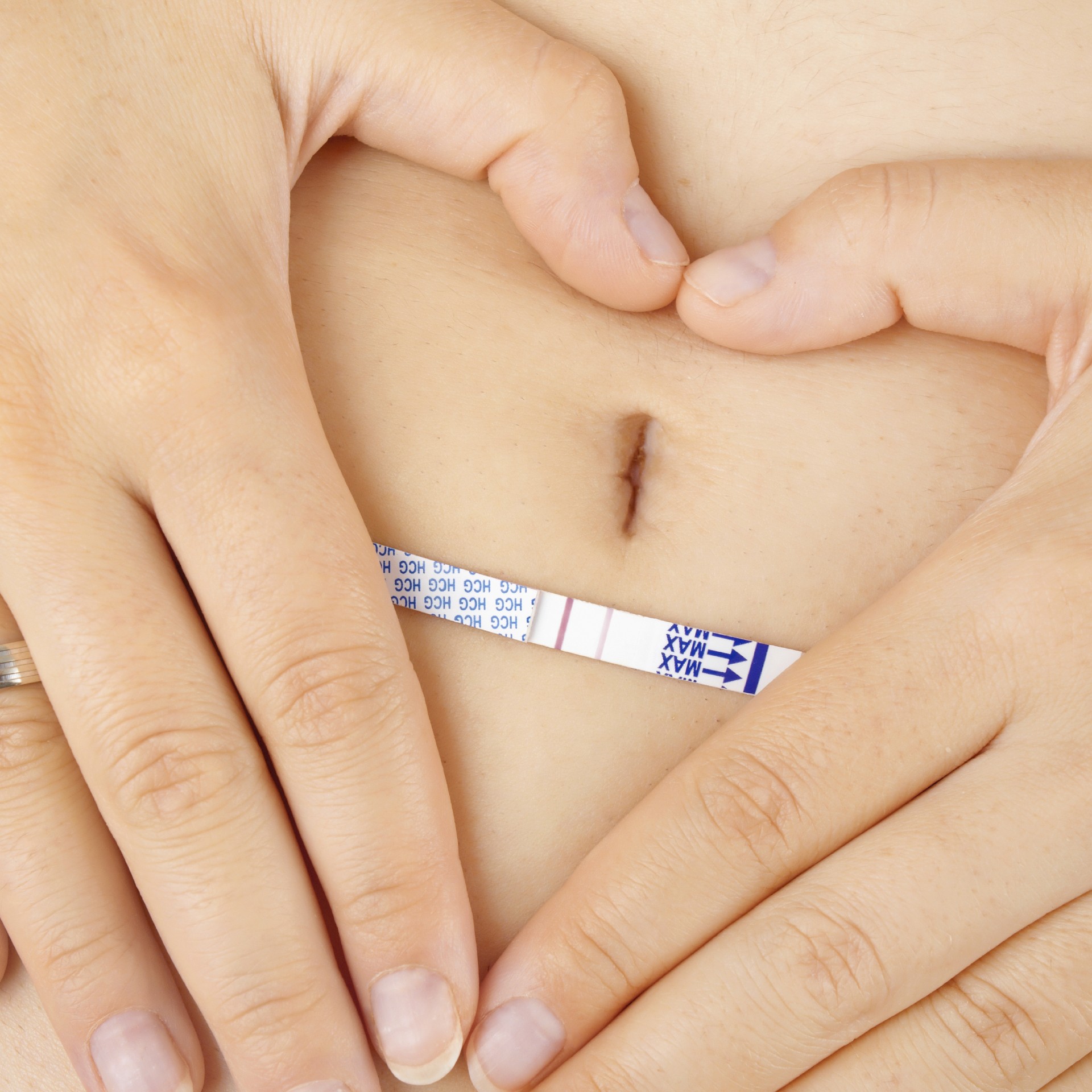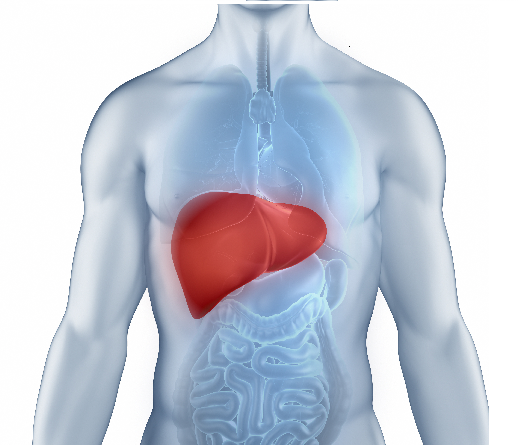High Blood Pressure Signs You Must Not Overlook
- 26 Jun, 2024
- Written by Team Dr Lal PathLabs
Medically Approved by Dr. Seema
Table of Contents

The World Health Organization finds that only 12% of the total 220 million people in India with hypertension have their blood pressure under control. In most cases, the severity of high blood pressure escalates due to an inability to diagnose it in the early stages. This is because the signs of hypertension are often very subtle.
What is High Blood Pressure?
High blood pressure, also called hypertension, is a chronic medical condition characterised by increases in blood pressure in the arteries. Blood pressure is measured with the help of two numbers: systolic pressure, which is the pressure when the heart beats, and diastolic pressure, which is the pressure when the heart is at rest. Regular blood pressure readings should usually be around 120/80 mm Hg. Hypertension is diagnosed when readings consistently exceed 130/80 mm Hg.
Hypertension often develops over many years and can affect nearly everyone eventually. Many individuals with high blood pressure do not experience symptoms. This condition puts additional strain on the heart and blood vessels, elevating the risk of severe health issues.
Several factors contribute to the development of high blood pressure, including genetic predisposition, poor dietary habits, lack of exercise, obesity, excessive alcohol consumption, and chronic stress. Secondary hypertension can result from underlying conditions such as kidney disease or hormonal disorders. Common complications of untreated hypertension include heart disease, stroke, kidney damage, and vision loss.
What are the Signs of a High Blood Pressure?
Some of the most common and lesser-known high blood pressure symptoms are:
- Severe Headaches: Severe headaches are one of the most recognisable symptoms of high blood pressure. When blood pressure is high, it can cause increased pressure in the blood vessels of the brain, leading to intense headaches. These headaches are often persistent and can be accompanied by dizziness or lightheadedness.
- Chest Pain: Chest pain, or angina, can occur as the heart works significantly harder to pump blood against the increased pressure in the arteries. This pain may feel like a squeezing or pressure sensation in the chest.
- Shortness of Breath: Hypertension can result in shortness of breath by causing damage to the heart and lungs. When the heart is unable to pump effectively, fluid may start to build up in the lungs, causing difficulty breathing. This symptom is often more noticeable during intense physical activity or when lying down.
- Vision Problems: Vision problems can occur when high blood pressure deteriorates the blood vessels in the eyes. This causes blurred vision, double vision, or even sudden loss of vision.
- Nosebleeds: Nosebleeds can be a lesser-known sign of high blood pressure. While they are usually not severe, frequent or unexplained nosebleeds may indicate elevated blood pressure levels.
- Fatigue: Chronic fatigue is a sign of high blood pressure. The heart has to work harder to pump blood, leading to decreased energy levels. This constant effort can leave individuals feeling unusually tired, even without significant physical exertion.
- Frequent Urination: Frequent urges to urinate, particularly at night, can be associated with high blood pressure. This can occur due to the kidneys being affected by the elevated pressure, leading to changes in urinary patterns.
- Irregular Heartbeat: Arrhythmia, or an irregular heart, can result from the increased workload on the heart due to high blood pressure. This can feel like a fluttering or racing heart and may require medical evaluation to prevent further complications.
High blood pressure is a common yet manageable condition with the right lifestyle choices and habits. Understanding the often overlooked signs and symptoms of the disease helps individuals take proactive steps to protect their health.
Early detection is crucial to controlling this condition and preventing its potentially devastating consequences. Regular checkups with a medical professional are the first step towards taking charge of one’s health. Consult with a healthcare provider and schedule a test with Dr Lal PathLabs today!
FAQs
1. When to see a doctor for high blood pressure?
It’s advisable to see a doctor if blood pressure readings consistently exceed 130/80 mm Hg. High blood pressure may occur without overtly noticeable symptoms, so regular monitoring is important. Seek medical attention if experiencing severe headaches, chest pain, shortness of breath, or visual disturbances, as these can indicate dangerously high levels.
2. What are the complications of high blood pressure?
Elevated blood pressure can have numerous adverse health effects. It elevates the risk of stroke, heart disease, and kidney damage. It can also weaken and damage blood vessels, leading to aneurysms. Hypertension can also lead to vision loss and cognitive decline over time.
3. Can high blood pressure be treated without medication?
Lifestyle changes can effectively manage high blood pressure without medication. These include maintaining a healthy diet, reducing salt consumption, exercising regularly, and managing stress. Regular monitoring and consultations with a healthcare provider are essential to ensure effective management. A healthcare professional should assess the necessity and choice of medication to personalise treatment for each individual’s needs.














